389056
3,5-Dichlorophenyl isocyanate
96%
About This Item
Produits recommandés
Niveau de qualité
Pureté
96%
Forme
solid
Pf
32-34 °C (lit.)
Densité
1.38 g/mL at 25 °C (lit.)
Chaîne SMILES
Clc1cc(Cl)cc(c1)N=C=O
InChI
1S/C7H3Cl2NO/c8-5-1-6(9)3-7(2-5)10-4-11/h1-3H
Clé InChI
XEFUJGURFLOFAN-UHFFFAOYSA-N
Vous recherchez des produits similaires ? Visite Guide de comparaison des produits
Application
- As a reactant to synthesize 3-(3,5-Dichlorophenyl)-2,4-oxazolidinedione (DCPO).
- To synthesize phenylcarbamate derivatives of cellulose and amylose, which are useful as polysaccharide-based chiral stationary phases (CSPs).{70]
Mention d'avertissement
Danger
Mentions de danger
Conseils de prudence
Classification des risques
Acute Tox. 1 Inhalation - Aquatic Chronic 2 - Eye Irrit. 2 - Resp. Sens. 1 - Skin Irrit. 2 - Skin Sens. 1A - STOT SE 3
Organes cibles
Respiratory system
Code de la classe de stockage
6.1A - Combustible acute toxic Cat. 1 and 2 / very toxic hazardous materials
Classe de danger pour l'eau (WGK)
WGK 3
Point d'éclair (°F)
235.4 °F - closed cup
Point d'éclair (°C)
113 °C - closed cup
Équipement de protection individuelle
Eyeshields, Faceshields, Gloves, type P2 (EN 143) respirator cartridges
Faites votre choix parmi les versions les plus récentes :
Déjà en possession de ce produit ?
Retrouvez la documentation relative aux produits que vous avez récemment achetés dans la Bibliothèque de documents.
Notre équipe de scientifiques dispose d'une expérience dans tous les secteurs de la recherche, notamment en sciences de la vie, science des matériaux, synthèse chimique, chromatographie, analyse et dans de nombreux autres domaines..
Contacter notre Service technique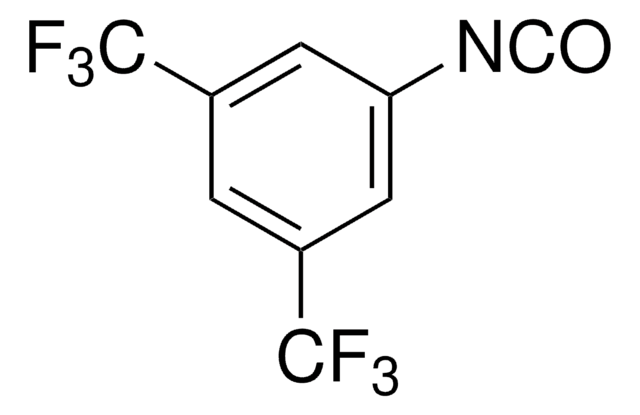
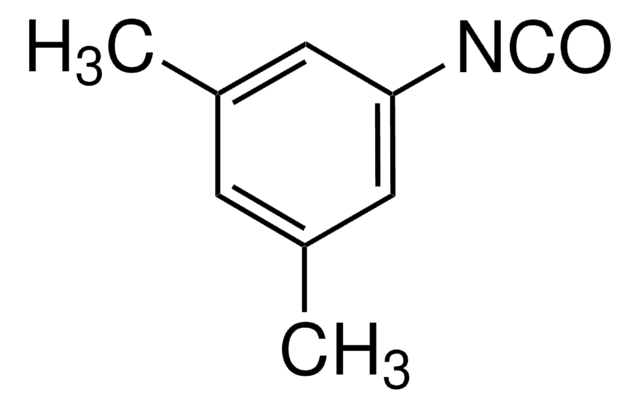
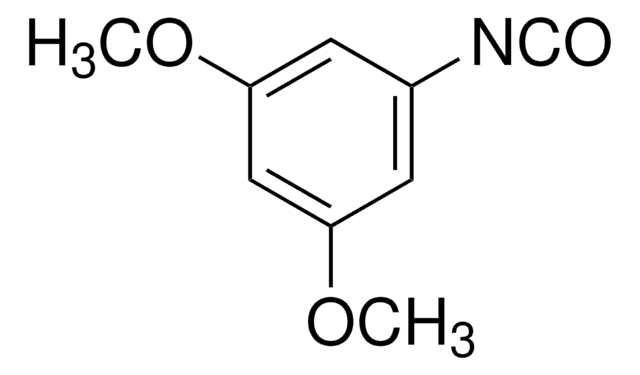


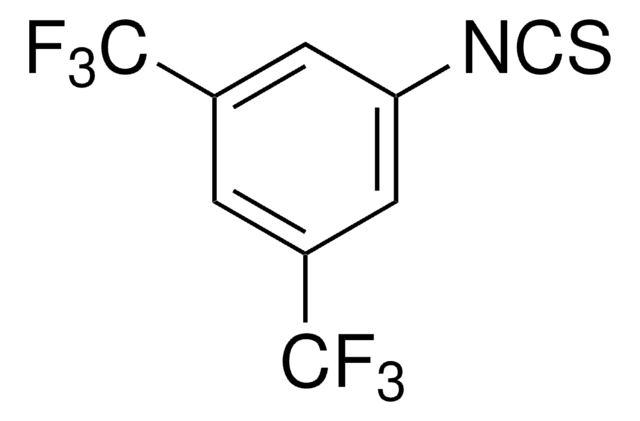
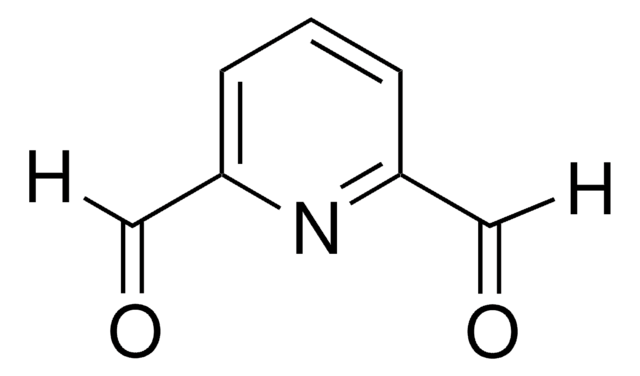

![1,8-Diazabicyclo[5.4.0]undéc-7-ène 98%](/deepweb/assets/sigmaaldrich/product/structures/120/564/5b373e23-1624-489c-8efb-692de0f96ffb/640/5b373e23-1624-489c-8efb-692de0f96ffb.png)



